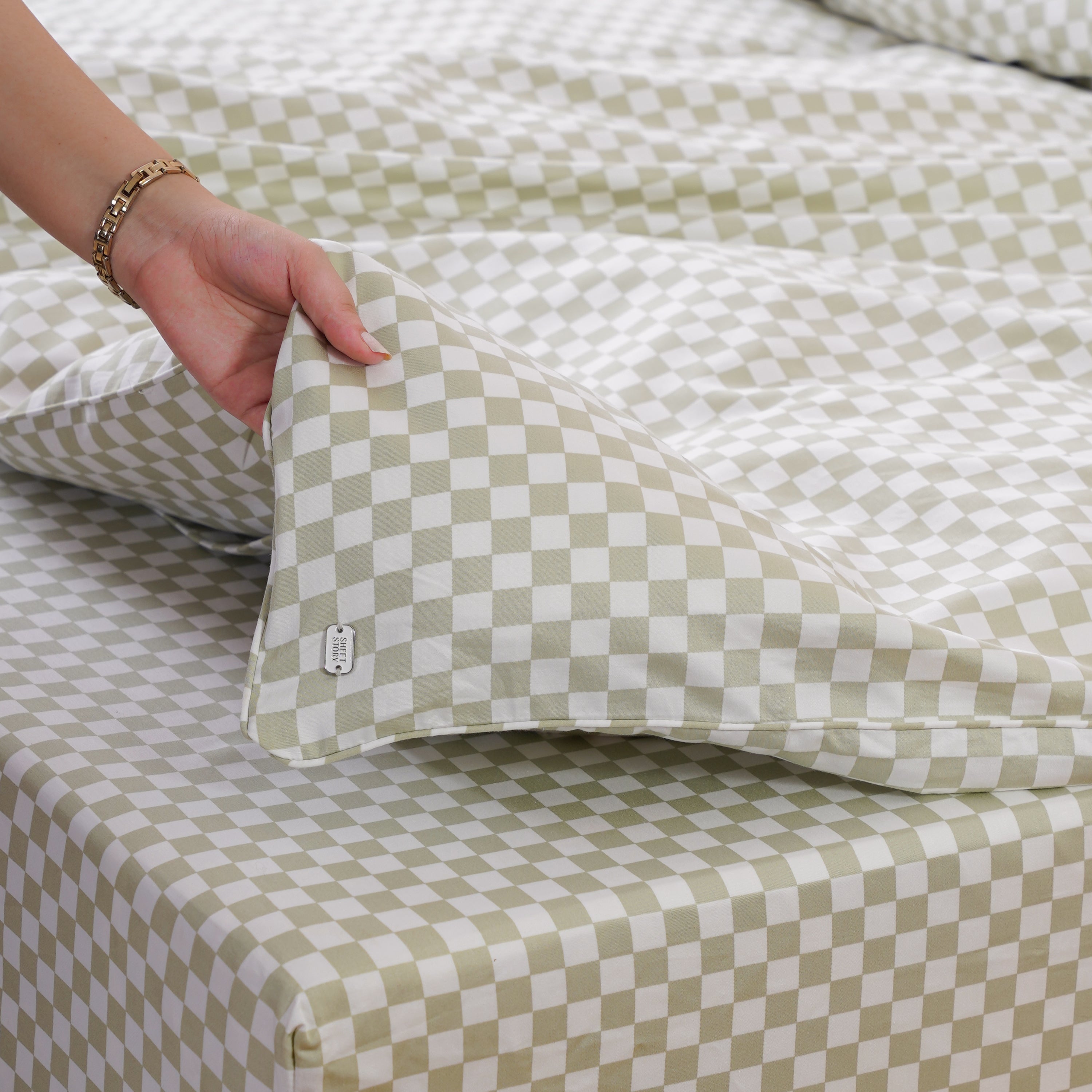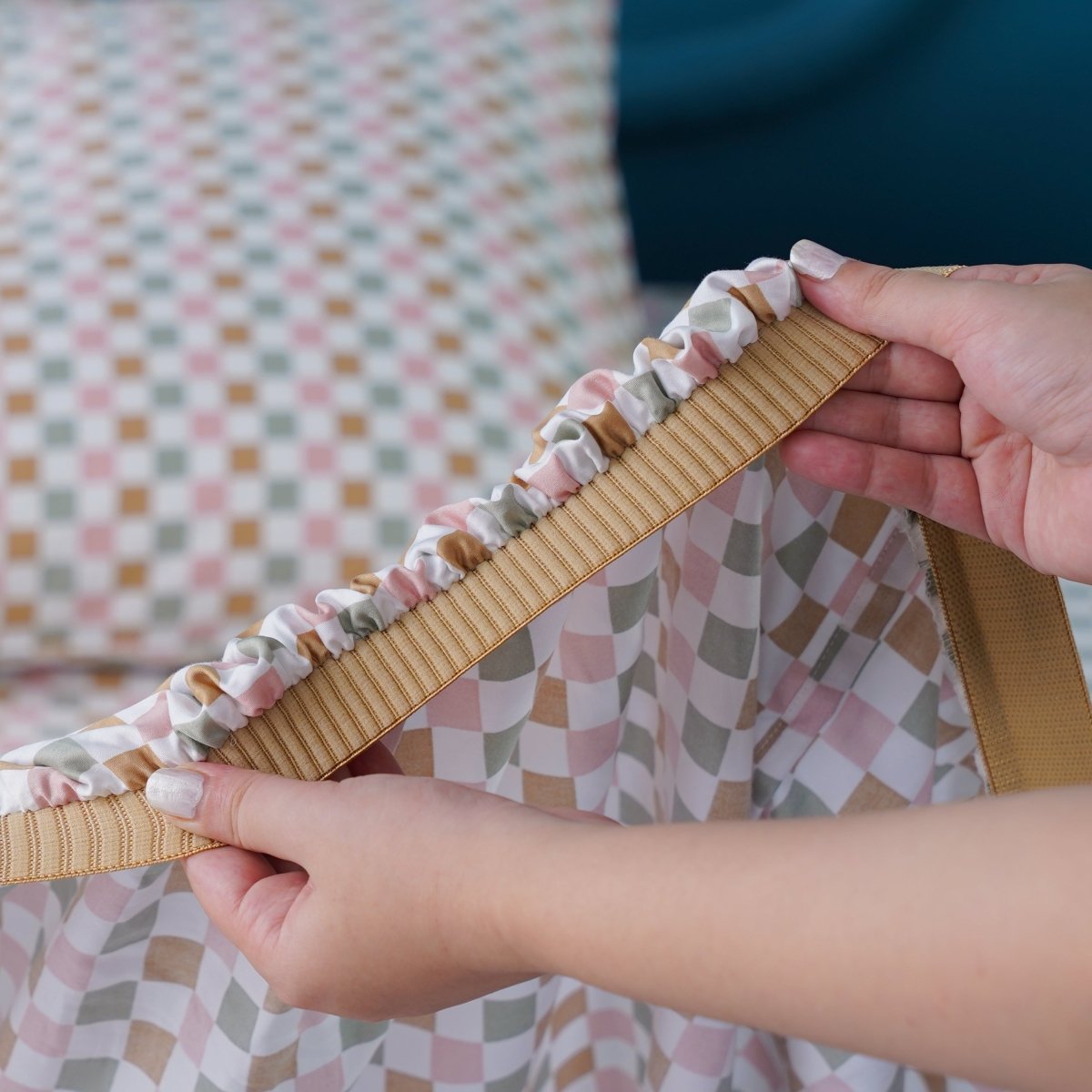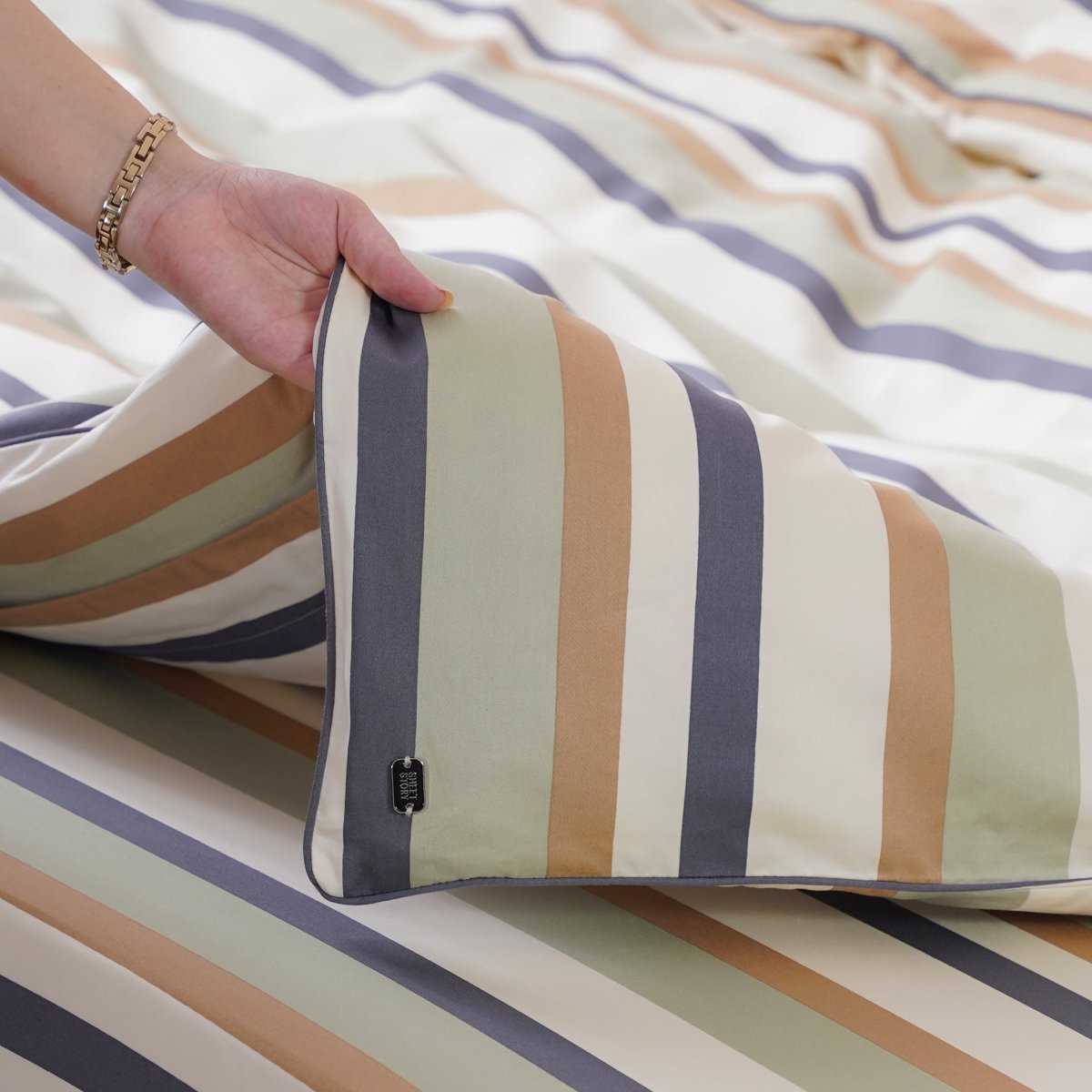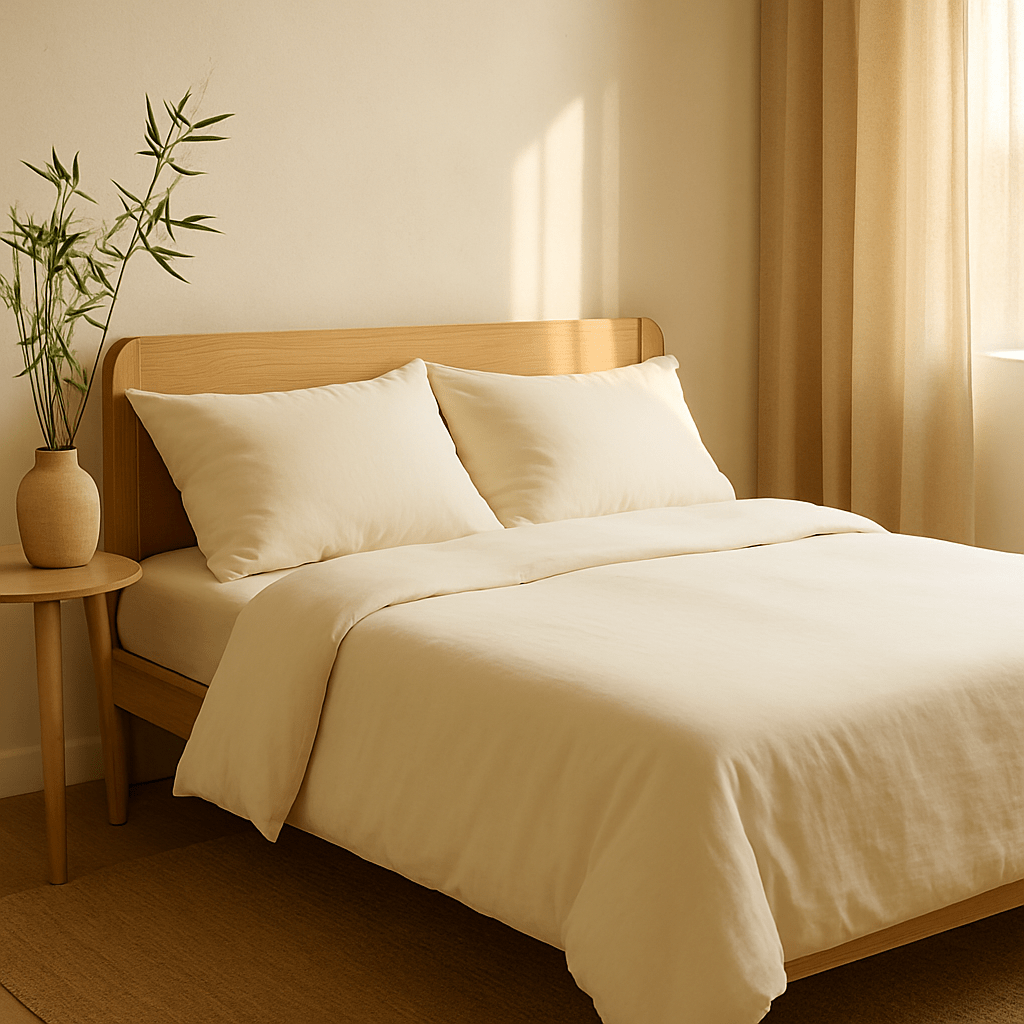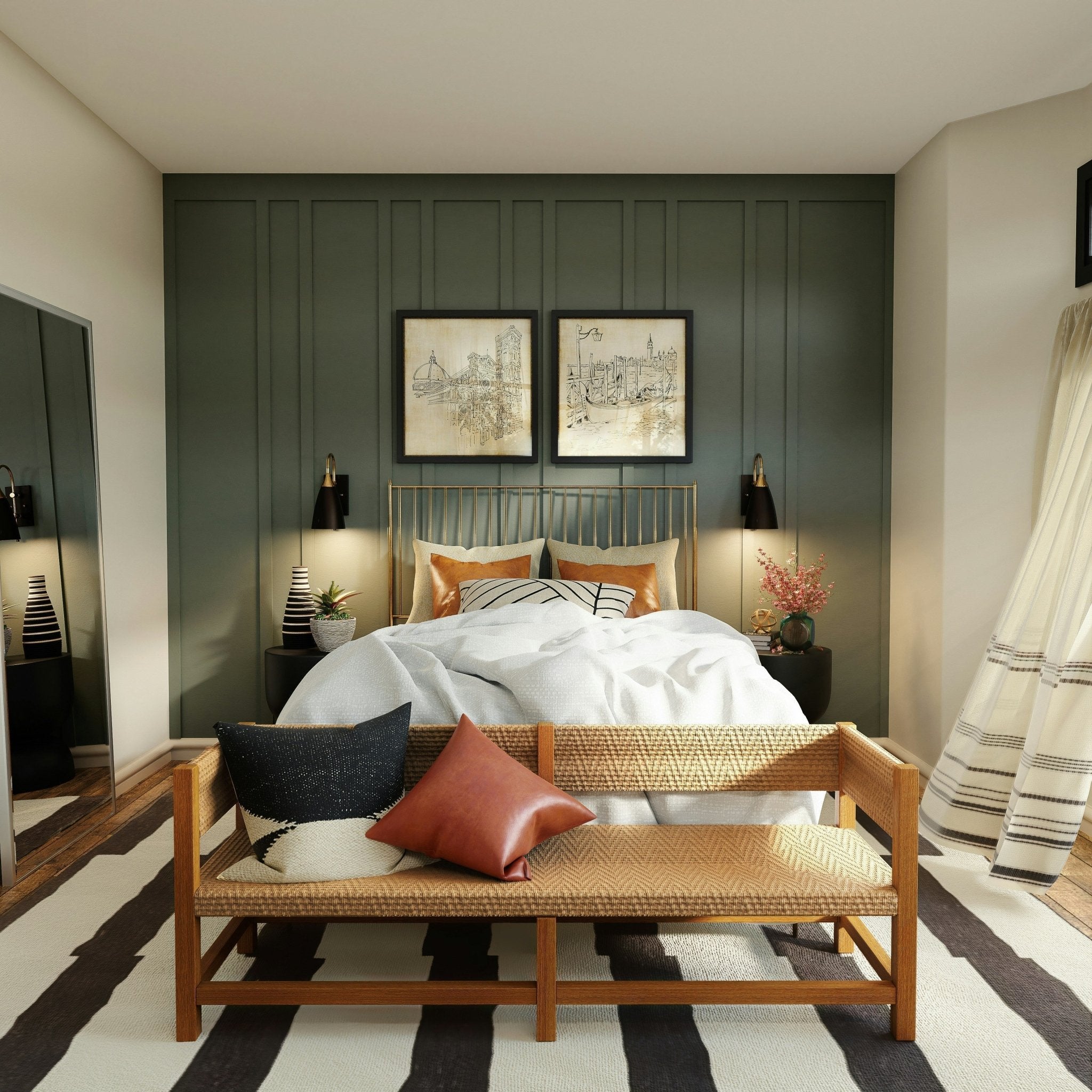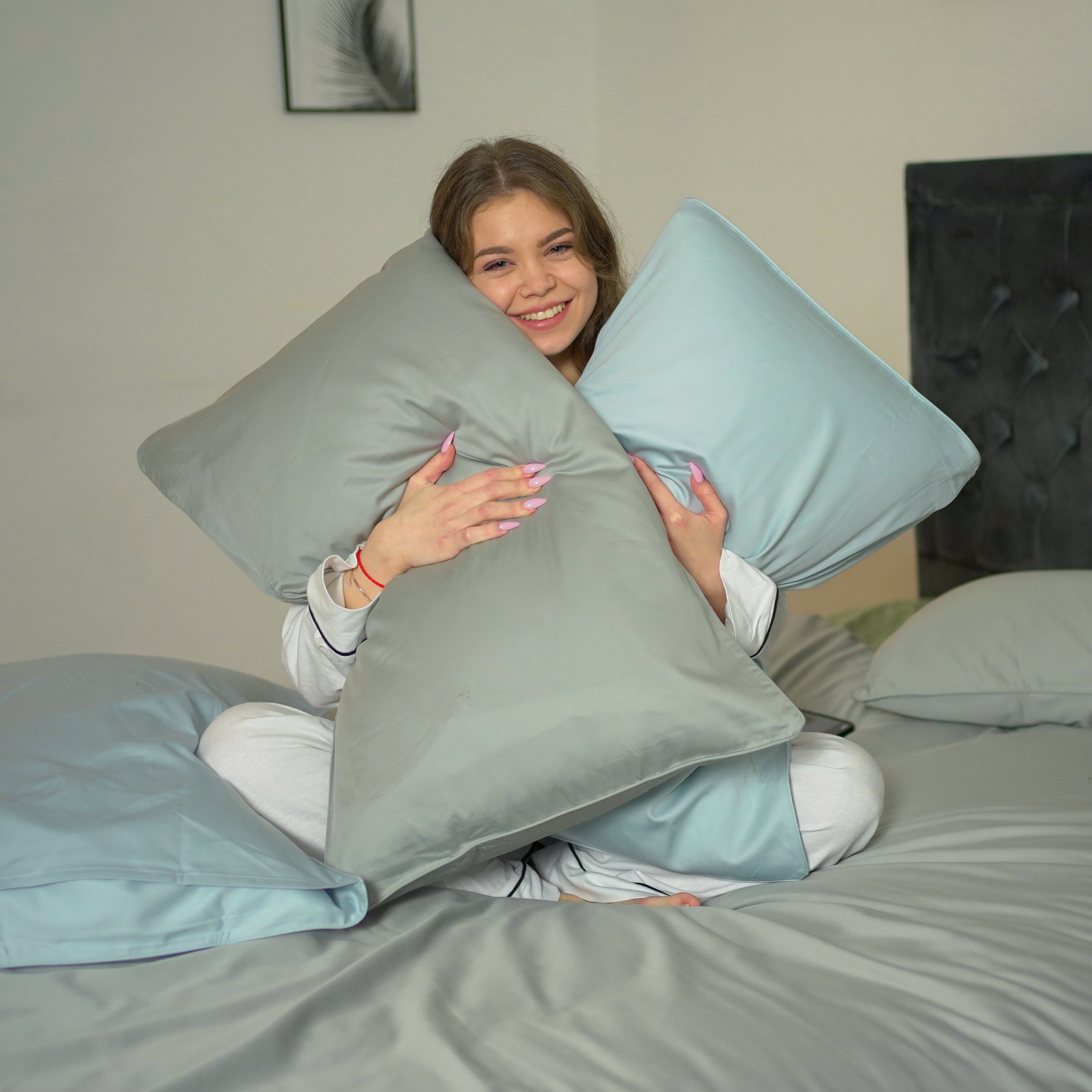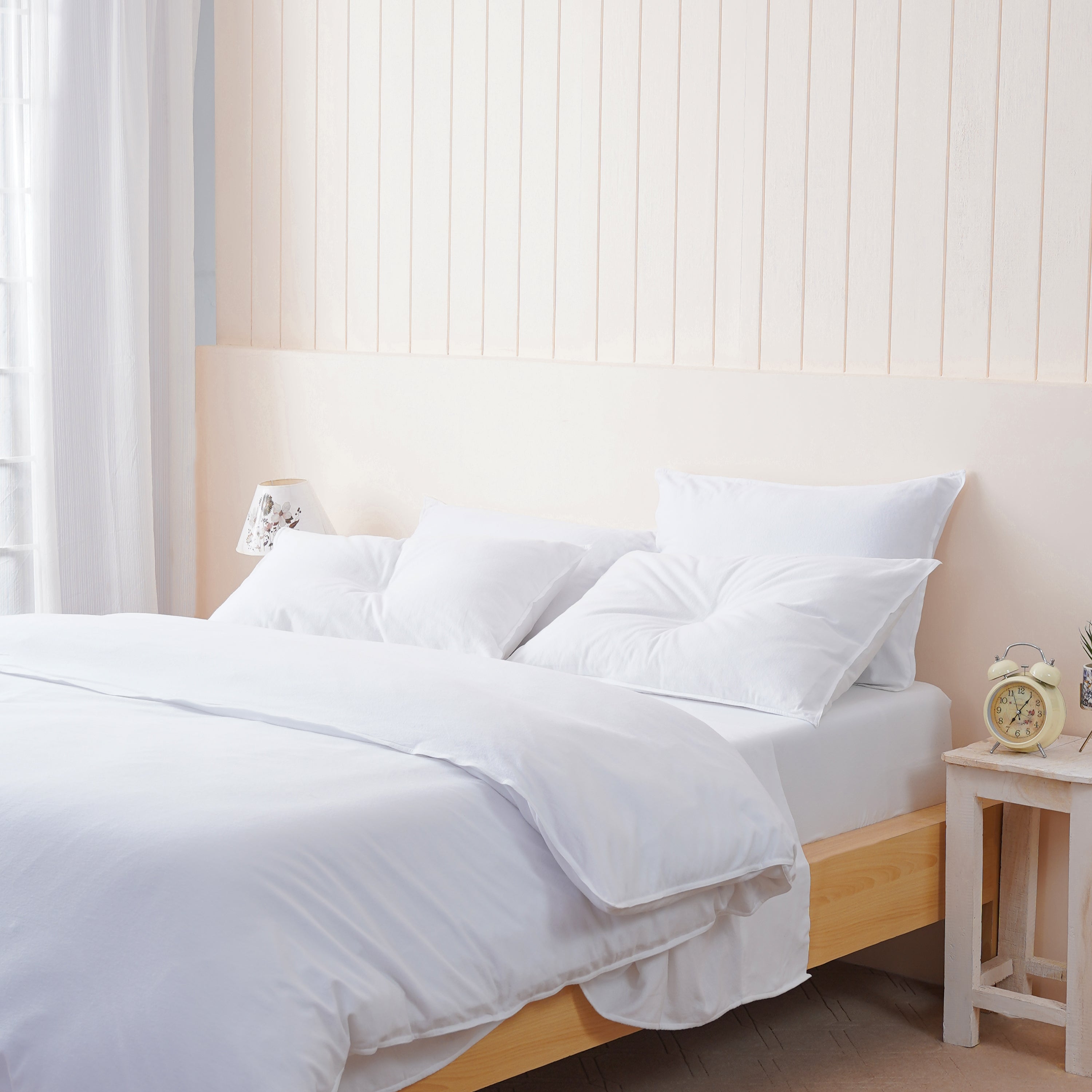Your bedroom should be more than just a place to rest—it should be a sanctuary that promotes restful sleep and relaxation. A sleep-friendly bedroom is essential for improving sleep quality and overall well-being. In this blog, we’ll explore sleep optimisation techniques and bedroom design tips to help you create the ultimate sleep haven.
1. Choose the Right Mattress and Bedding
A comfortable mattress and quality bedding are the foundations of a sleep-friendly bedroom. Research by the National Sleep Foundation shows that 93% of people believe a comfortable mattress is crucial for quality sleep. Opt for breathable materials like cotton or bamboo sheets to regulate body temperature and reduce night sweats.
2. Incorporate Calming Colours
Colour psychology plays a significant role in creating a soothing environment. Soft, neutral tones like light blue, beige, and grey are ideal for promoting relaxation. According to a study by Travelodge, bedrooms decorated in blue tones lead to an average of 7 hours and 52 minutes of sleep per night.
3. Optimise Lighting
Lighting affects your body’s natural sleep-wake cycle. Use dim, warm lighting in the evening to signal to your brain that it’s time to wind down. Blackout curtains or blinds can also block external light, ensuring a dark and peaceful environment conducive to sleep.
4. Eliminate Clutter
A cluttered space can lead to stress and anxiety, which disrupt sleep. Declutter your bedroom by organising clothes, accessories, and other items. Use hidden storage solutions to maintain a clean and serene space.
5. Control Noise Levels
Minimising noise is critical for a sleep-friendly bedroom. Consider using white noise machines or earplugs to drown out disruptive sounds. Studies show that consistent exposure to noise, even at low levels, can reduce sleep quality by up to 30%.
6. Add Relaxing Scents
Incorporating aromatherapy can enhance relaxation. Scents like lavender, chamomile, and sandalwood have been proven to reduce stress and promote sleep. Use essential oil diffusers or linen sprays to infuse your bedroom with calming fragrances.
Final Thoughts
Designing a sleep-friendly bedroom doesn’t have to be complicated. By incorporating these sleep optimisation tips and focusing on calming colours, comfortable bedding, and a clutter-free environment, you can create a space that supports restful sleep and overall well-being with Sheet Story.
